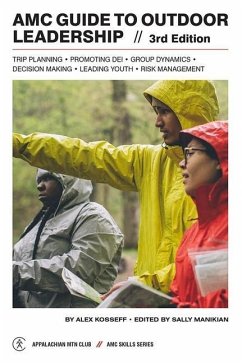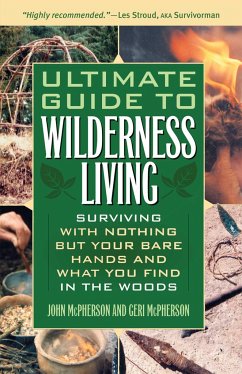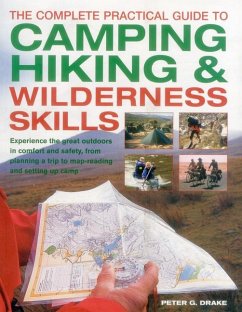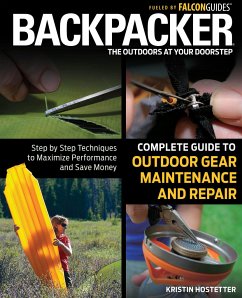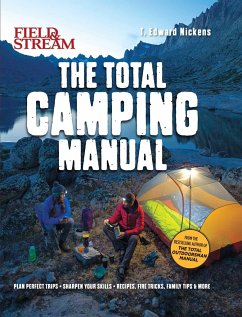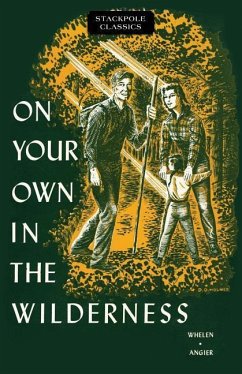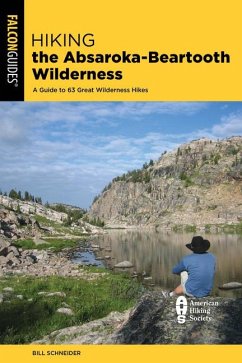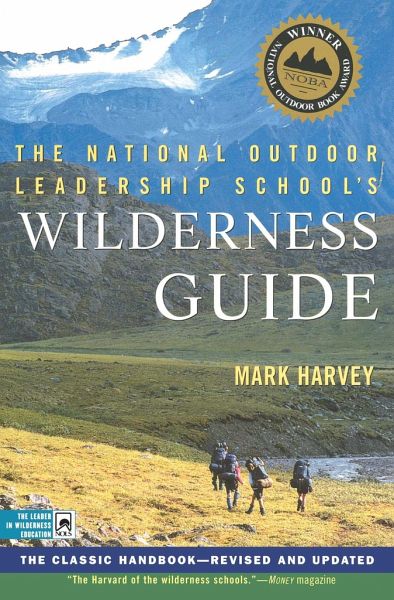
The National Outdoor Leadership School's Wilderness Guide
The Classic Handbook, Revised and Updated

PAYBACK Punkte
8 °P sammeln!
Illustrated throughout with instructional drawings, and featuring lists of equipment and NOLS programs, as well as a glossary of common camping and hiking terms, The Wilderness Guide covers these essentials: -- Selecting equipment -- including descriptions of newly introduced products like the internal frame pack, lighterweight boots, and stronger tents -- Traveling safely and sensibly -- including vital information on maps, compasses, and weather forecasting -- Backcountry cooking, with tips on building fires and tricks for making gourmet meals -- Search and rescue techniques, including how t...
Illustrated throughout with instructional drawings, and featuring lists of equipment and NOLS programs, as well as a glossary of common camping and hiking terms, The Wilderness Guide covers these essentials: -- Selecting equipment -- including descriptions of newly introduced products like the internal frame pack, lighterweight boots, and stronger tents -- Traveling safely and sensibly -- including vital information on maps, compasses, and weather forecasting -- Backcountry cooking, with tips on building fires and tricks for making gourmet meals -- Search and rescue techniques, including how to organize a self-sufficient search group and when to call in professional rescue teams The Wilderness Guide brings the know-how of the world's most famous and respected outdoor organization to every -- from the 16 million backpacking Americans to the more than 265 million example -- tenderfeet, and trail-hardened hiking who visit our national parks annually.



